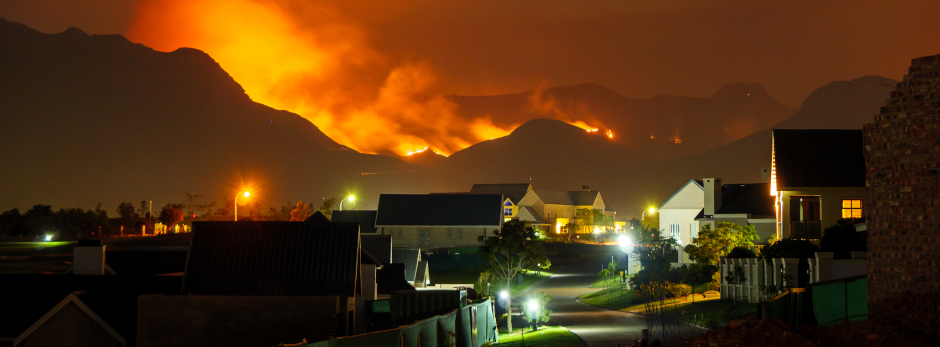In the face of COVID-19, climate change and growing economic hardship in South Africa, disaster risk reduction (DRR) should be a priority for Government at all levels; the signs are, though, that there is still insufficient capacity and commitment to carry through on this mandate.
According to Martin Stols, principal consultant in GIS and disaster management at SRK Consulting, the COVID-19 pandemic has been a stark reminder of the importance of being prepared for unexpected events. It also demonstrated that certain risks are often underestimated and that there is no room for complacency. "The top priority hazards that we identified in disaster management plans in 2019 were fire, floods and drought, while human disease was ranked 14th," said Stols.
"The COVID-19 pandemic certainty would have changed this perception but importantly, it taught us how different sectors and impacted during a disaster and how interdependent many sectors are during a disaster."
In this sense, DRR is everybody's business, so it is vital to avoid taking a 'silo' approach when planning for and responding to disaster risk.
Integrated approach
"No single entity can 'own' or take sole responsibility for a hazard or disaster," he emphasized. "There is sometimes a misconception that certain departments are responsible for a certain category of hazard but there are always knock-on effects that extend well beyong the core impacts."

